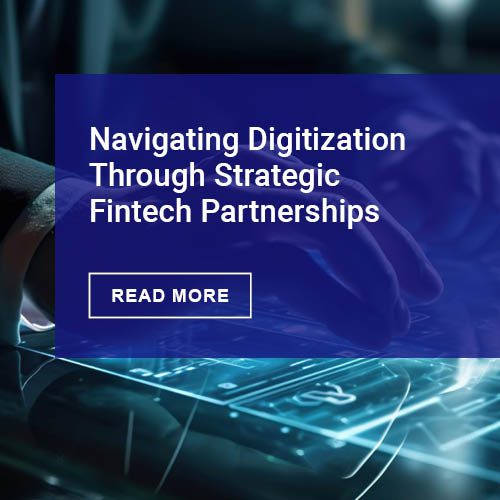Small and medium businesses are the foundation of the American and European economies representing greater than 90% of each. In the European Union, 85% of new jobs were created by SMEs in the last decade, while in the U.S. SMBs created two-thirds of new jobs over the same period. Moreover, transatlantic trade is key to SME growth: companies that export tend to grow faster—and pay higher wages—than those that don’t. And yet, isn’t not easy to send money to the EUY. Monetary infrastructure, laws, and policies have only slowly caught up with the current growth of SMEs and the technologies they use to advance their growth. There are still many challenges for businesses trying to send money to the EU, including problems navigating rate fluctuations, reworked international transfer laws, and the EU’s transfer regulations. Additionally, international payments are often complicated and expensive. However, as exports increase and supply chains become increasingly global, it is crucial for small and medium businesses to find cost-effective ways to send money to the EU.
New EU regulations combatting terrorism, fraud, and money laundering
Over the past decade, the European Union has been plagued by an induction of foreign money for terrorist activities and or other illegal enterprises. To combat these serious violations, the EU has made significant changes to regulations regarding monies being sent across its borders. Its Fourth Anti-Money Laundering Package (May 2015) sets higher standards of oversight and regulations, expands the powers of the EU Financial Intelligence Units, minimizes the use of anonymous payments, and expands due diligence regulations for virtual currencies.
The MLD4 requires that businesses and individuals perform customer due diligence and carry out risk assessments for recurring transactions, transactions over 250 Euros, or transactions in which the payer is not anonymous. Along with the MLD4, the EU Parliament has produced new wire transfer regulations requiring that transfers contain information about the payee and the payer, including:
Payer’s name
Account number
Address
Passport number
Date/place of birth
However, the MLD4 has been subject to constant redrafts, so assume the rules regarding money transfers will continue to change for person-to-person and business-to-business transfers.
Hidden charges and rate fluctuations
Apart from navigating ever-changing EU regulations, SMBs can be financially challenged by bank transfers and fees; currently, SMEs spend $50 billion dollars in fees from conventional wire transfers. Many banks have poor exchange rates and hidden fees for money transfers, and both businesses and individual customers neglect to keep track of rates and added costs. In addition, banks don’t always provide their used exchange rate, and–given the radical fluctuations in global currencies–this can lead to getting the worst exchange rate for a transfer. While there are new American regulations that require wire transfer institutions to send certain data in writing, businesses need to know about these regulations in order to benefit from them. Even if a bank doesn’t itself charge a fee, it can shift the transfer to a third-party that can charge hidden fees.
The rise of digital transfers for cross-national collaboration
Of course, this doesn’t mean businesses should avoid exporting to or buying from Europe—far from it. Cross-national collaboration grew in 2016 and looks to continue growing in 2017 and beyond. In order to thrive in a twenty-first-century marketplace, companies will increasingly digitize and embrace technology in order to operationalize, get more efficient, find new trading partners and stay relevant. Innovations in the global payments industry from solutions like Veem are already making a big difference to small businesses especially—those with high-volume, low-value transactions that can really end up swimming in international wire fees.
For more information, and to understand the rights of payer and payee, see also:
Consumer Financial Protection Bureau
The Office of International Trade
The Fourth Anti-Money Laundering Directive











